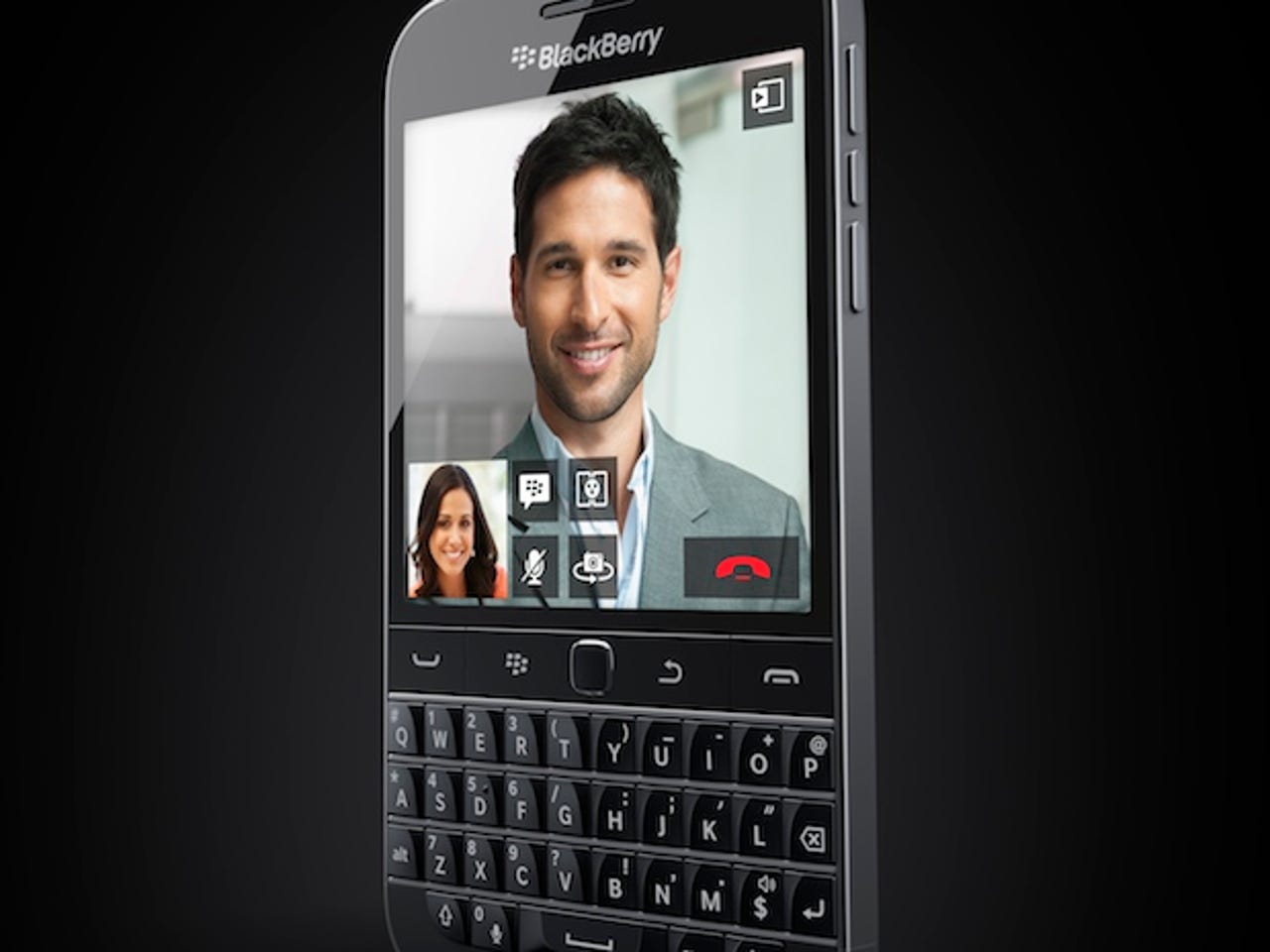BlackBerry Classic: Old-school keyboard cool or needless nostalgia?


Most notably, the new device sees the return of what BlackBerry is calling the 'classic navigation keys' - a phonecall key, menu key, trackpad, back button, and yes, back at last, an end call key - that were absent from the recent crop of BlackBerry 10 handsets.
All of these sit above that well-known Qwerty physical keyboard, but the Classic's bountiful supply of buttons reduces the amount of real estate available for the screen: it has a 720p high definition screen, but it's 3.46-inches square - rather diminutive in a world of phablets.
As such, the Classic's design will no doubt be great news for any BlackBerry enthusiasts wondering what to do when their scuffed Bold 9900 finally gives up ("We heard you, and we built it," says the BlackBerry pre-order page), but it may struggle to persuade those who are more used to navigating a larger touchscreen.
Although it might seem quaint to some, the Classic serves a purpose for BlackBerry in that it plays to the company's strengths. It supports that loyal and mostly enterprise-focused install base and, while it might be heritage hardware, the software is bang up-to-date - the device will run the latest version of BlackBerry OS 10. And BlackBerry still needs to sell handsets even if it's looking to software for most of its future growth.
The Classic also reflects BlackBerry's new policy of zigging when everyone else is zagging. This includes signing a deal with Samsung on security, or opening up the APIs on BlackBerry 10 to other mobile device management companies - or in this case, going back to an older design rather than making a guess at the next big thing.
The Pop-Tart-you-can-type-on, otherwise known as the Passport, shows that BlackBerry isn't short on um, interesting ideas but the Classic recognises that its conservative audience doesn't necessarily feel the need to move that fast, and also that the black slab smartphone doesn't necessarily suit everyone.
There's been plenty of debate recently about whether smartphone innovation is exhausted, that there's just nothing new to add to a handset that can make that big a difference to the user. After all, the most exciting thing to happen in smartphones recently is... a slightly bigger screen. Hence the emphasis on 'ecosystem' plays like mobile payments and attempts to make wearables a real thing, both of which currently seem to have more benefits to the manufacturers than the consumers.
As such, if the BlackBerry Classic does turns out to be a runaway success, then it may turn out that the apex of smartphone design arrived a few years back - just nobody noticed at the time.
More on BlackBerry